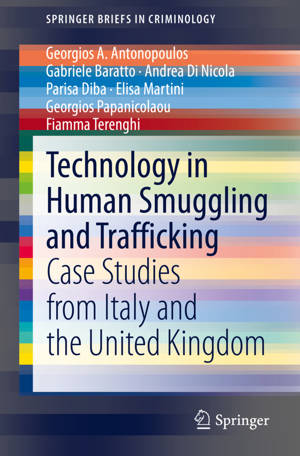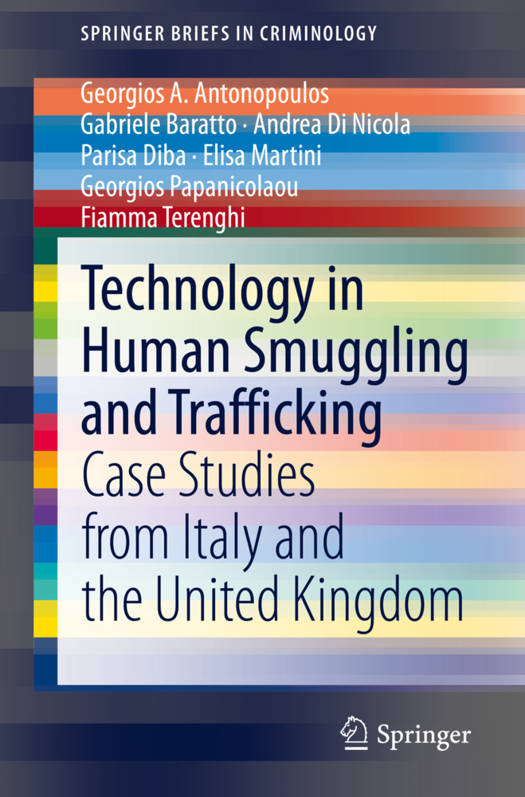
- Retrait gratuit dans votre magasin Club
- 7.000.000 titres dans notre catalogue
- Payer en toute sécurité
- Toujours un magasin près de chez vous
- Retrait gratuit dans votre magasin Club
- 7.000.0000 titres dans notre catalogue
- Payer en toute sécurité
- Toujours un magasin près de chez vous
Technology in Human Smuggling and Trafficking
Case Studies from Italy and the United Kingdom
Georgios a Antonopoulos, Gabriele Baratto, Andrea Di Nicola, Parisa Diba, Elisa Martini, Georgios Papanicolaou, Fiamma TerenghiDescription
This brief offers a unique and innovative account of the role of internet and digital technologies in human smuggling and trafficking. It explores new illegal paths through the web by analyzing how traffickers and smugglers use the visible and dark web during different phases of the process, including recruitment, transportation, and exploitation. Featuring case studies from two European countries, Italy and the United Kingdom, it outlines the types of websites used in these processes, how they are used, and common behavior patterns. With a view of transnational criminal activities involving actors from individual criminal entrepreneurs to organized crime groups and fluid large criminal networks, this brief will be of use to law enforcement, researchers of trafficking and organized crime, and policy makers.
Spécifications
Parties prenantes
- Auteur(s) :
- Editeur:
Contenu
- Nombre de pages :
- 79
- Langue:
- Anglais
- Collection :
Caractéristiques
- EAN:
- 9783030427672
- Date de parution :
- 21-04-20
- Format:
- Livre broché
- Format numérique:
- Trade paperback (VS)
- Dimensions :
- 156 mm x 234 mm
- Poids :
- 140 g

Les avis
Nous publions uniquement les avis qui respectent les conditions requises. Consultez nos conditions pour les avis.






